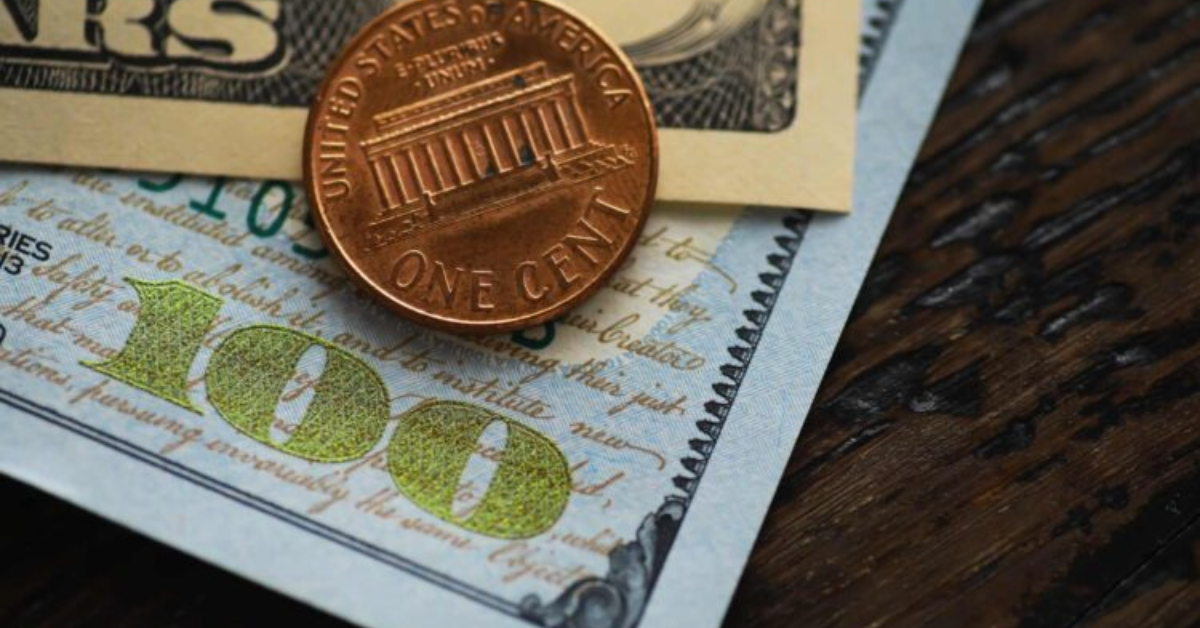Pennies are often seen as insignificant by most people, tossed aside or left unused. However, for one expert, there’s a particular penny that could be worth a small fortune. The 1983 1-cent coin, if it contains a rare manufacturing error, could fetch up to $20,000. Yes, you read that correctly—a pennyworth thousands of dollars. The secret lies in the rare coins with a specific weight and feature that collectors are willing to pay top dollar for.
How a Simple Error Could Lead to Big Money
The 1983 penny’s worth stems from a manufacturing error that occurred when the U.S. Mint transitioned its penny production process. To reduce costs in 1983, the Mint switched from producing copper-core pennies to zinc pennies coated in copper. However, some of the coins produced still had copper cores, making them valuable to collectors.
The rare 1983 pennies with copper cores weigh more than the regular ones. While most 1983 pennies weigh around 2.5 to 2.7 grams, the rare versions with copper centers weigh over 3 grams. The difference in weight is the key to identifying whether you might be holding a valuable coin.
A TikTok user and numismatic expert @wheatstoshields recently gained attention when she shared a 1983 penny she found, which sold for over $20,000 at auction. If you’re wondering how to check your own pennies, the first step is to weigh them accurately.
Weighing Pennies: The Key to Recognizing Rare Coins
To determine whether you have one of these valuable coins, you’ll need a precise scale. It’s recommended that the scale measure both grams and ounces, as some scales may round the figures inaccurately if they only show grams. The Professional Coin Grading Service (PCGS) has confirmed that coins weighing over 3 grams are the ones that can bring in big money.
One notable example is a 1983 copper penny that was auctioned off for $1,140 in 2023. This demonstrates how much these rare pennies can be worth when the right features are present.
The History Behind the U.S. Penny
Though many people may see the penny as a common and outdated coin, its history is rich and fascinating. The penny has been a part of American currency since the U.S. Mint’s establishment in 1792. The design and materials of the penny have evolved, and its roots can be traced back to ancient Roman coins. In fact, the penny is indirectly derived from the Roman denarius, which was first introduced in 211 BC. Back then, the denarius was equivalent to a day’s wage for a worker, and its name came from the Latin word “deni,” meaning “containing ten.”
The penny itself wasn’t always the coin we know today. In 1857, Congress reduced the size of the penny and stopped minting the half-cent coin due to the rising cost of copper. Since then, the penny has remained the only coin consistently produced and used in the U.S. until the present day.
In fact, the U.S. Mint produced 4.1 billion pennies for circulation in 2023, a significant decrease from 8.4 billion in 2017. Despite being the most commonly circulated coin, the penny continues to raise questions about its value and necessity in today’s economy.
Should the U.S. Penny Stay in Circulation?
While pennies are often seen as small and practically useless, there are several reasons for keeping them in circulation. For one, they help maintain low prices for everyday items and support people with lower incomes who rely on these small denominations. Pennies also serve as a cheap and long-lasting way to raise money for charitable organizations.
However, there are arguments against the penny’s continued production. Critics point out that the penny’s manufacturing process is costly, both financially and environmentally. With the increasing cost of copper and the environmental toll of producing so many pennies, some argue that it might be time for the U.S. to retire the penny.
Attempts have been made to discontinue the penny, including legislative proposals by Senators Mike Enzi and John McCain in 2017. However, removing the penny would require approval from Congress and the president, which has yet to happen.
The Future of the U.S. Penny
The fate of the penny remains uncertain. While there are proponents for its removal, others believe it continues to serve a valuable purpose. The reality is that no matter where you stand on the issue, checking your pockets might reveal something valuable, especially if you have a rare 1983 penny. So next time you find a penny, take a closer look—it could be worth far more than just one cent.
Note: Every piece of content is rigorously reviewed by our team of experienced writers and editors to ensure its accuracy. Our writers use credible sources and adhere to strict fact-checking protocols to verify all claims and data before publication. If an error is identified, we promptly correct it and strive for transparency in all updates.
Premlata is a seasoned finance writer with a keen eye for unraveling complex global financial systems. From government benefits to energy rebates and recruitment trends, she empowers readers with actionable insights and clarity. When she’s not crafting impactful articles, you can find her sharing her expertise on LinkedIn or connecting via email at biswaspremlata@gmail.com.
